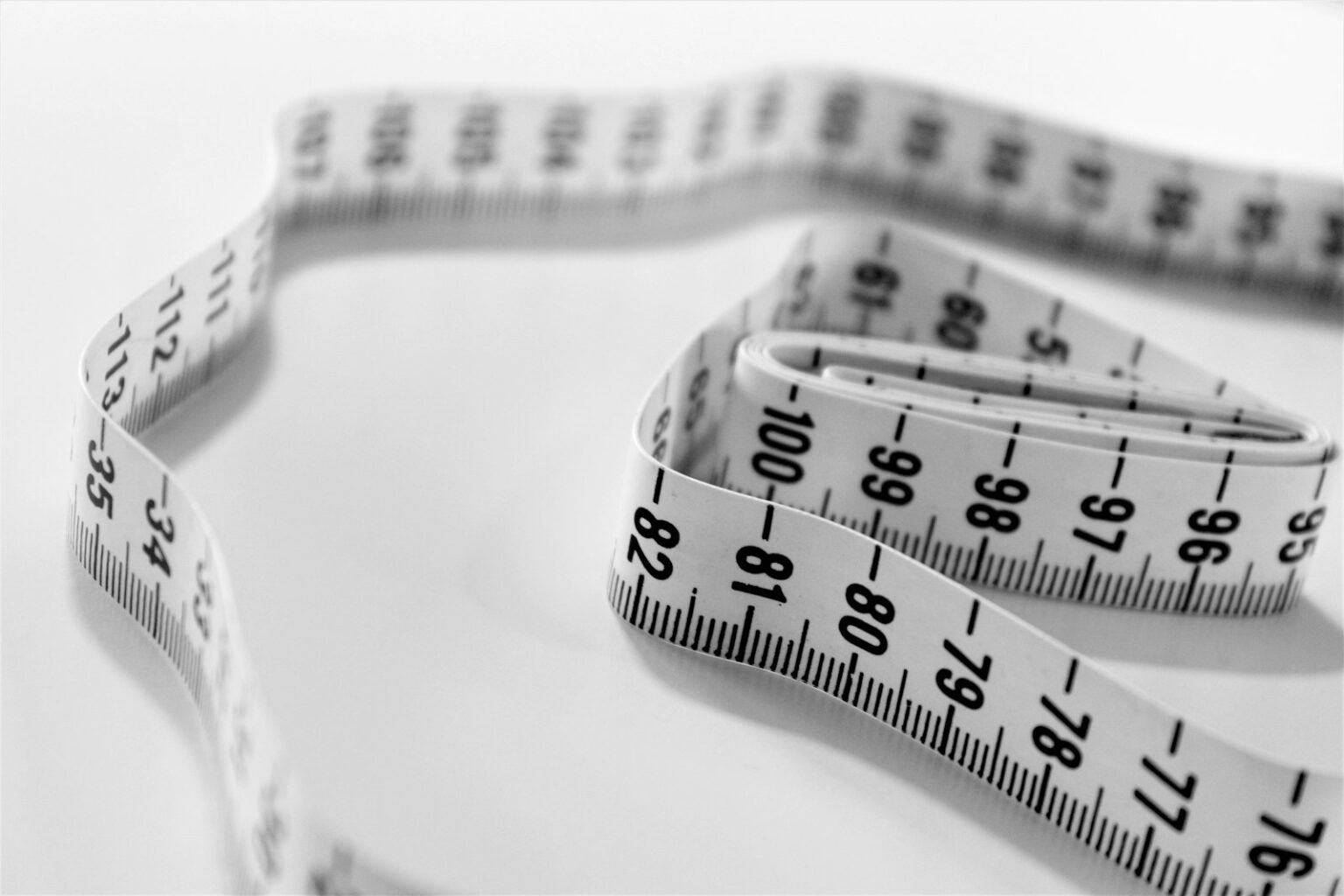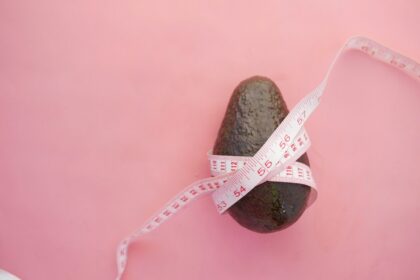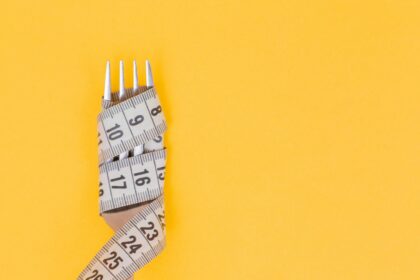Waist measurements are simple to take. Furthermore, it goes beyond your dress size. You can tell if you have a higher risk of heart disease, high blood pressure, high cholesterol, or type 2 diabetes based on your waist circumference. A tape measure is all you’ll need, too.
a. Beginning at the top of your hip bone, wrap the measuring tape around your entire body until it is level with your belly button.
b. Verify that it is straight, even at the back, and not overly tight. Breathe normally while taking measurements.
c. Just after you release your breath, check the number on the tape measure.
In general, depending on your race or ethnicity, your waist should measure less than 40 inches for males and less than 35 inches for women in order to promote optimal health. If it’s more than that, you might want to discuss your next course of action, which may include decreasing weight, with your doctor.
Your waist, like any other region of your body, cannot be spot-reduced. Crunches will help you build stronger abs, but they won’t help you reduce the number of inches around your waist unless you also exercise more and consume less calories.











